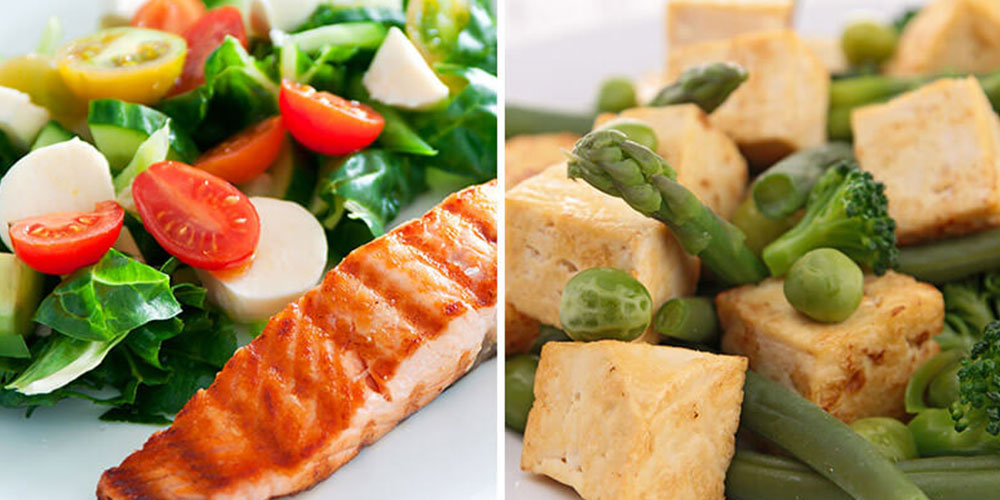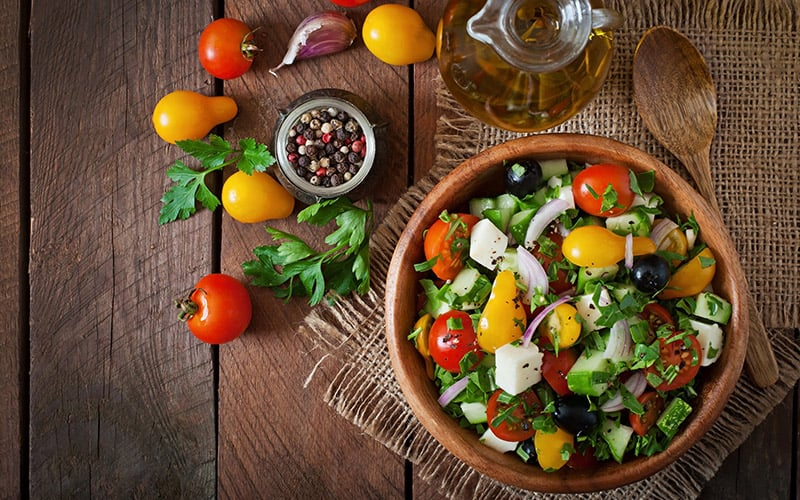Diet plans can often be categorised along a continuum, with food quality at one end and food quantity at the other.
Clean eating leans as far towards the food quality side as feasible, whereas diets like If It Fits Your Macros (IIFYM) lean as far towards food quantity.
Additionally, it enforces rules for what foods to eat and does not really restrict calories or macros, which is in stark contrast to diets like IIFYM.
Focusing on the quality of the foods you eat and making sure they are "clean" are the key tenets of clean eating.
One principle can be used to condense the others: Eliminate processed foods and opt for whole, organic meals.
The following is a list of the diet's fundamental tenets:
Skip processed foods.
Skip the refined foods.
Avoid using synthetic ingredients.
Skip the alcohol
Avoid fruit juice and soda.
History of the Clean Eating Diet
It is challenging to trace the history of clean eating as a dieting concept back to a single beginning because it is not a clearly defined dietary programme.
The classic proverb "Let food be by the medicine and medicine be thy food" is attributed to the ancient Greek physician Hippocrates, who wrote one of the earliest writings on nutritional concepts.
The foundation of clean eating is the idea of consuming entire, unadulterated, natural foods.
Most advocates of clean eating will argue that it is more of a philosophy about what foods to consume and which foods to avoid than it is a true diet.
Calorie counting is not used in this dietary framework since it places more of an emphasis on the quality of the food than the amount.
Meal Timing/Frequency
In general, clean eating does not have precise guidelines for meal timings or frequency (i.e., how often you eat throughout the day).
In contrast, the majority of clean eating programmes recommend eating 5 to 6 smaller, clean meals and snacks throughout the day as opposed to 3 main meals.
Restrictions/Limitations
Individuals who practise clean eating are subject to significant food limitations. According to clean eating plans, people must avoid all processed foods and only eat whole, natural foods.
Pastas, breads, crackers, chips, cereals, and other processed foods are not included in this. Additionally, this method does not include dressings or condiments like spreads and mustards.
Additionally, the majority of alcoholic, carbonated, and juice beverages are prohibited.
Does It Include Phases?
The clean eating plan does not typically comprise phases, contrary to popular belief.
The majority of clean eating diet recommendations found in books, articles, and programmes advise beginning the entire diet right away. Some even feature 30-day challenges in which the regimen must be strictly followed and only whole, natural foods may be ingested for the whole 30-day period.
People who are interested in the nutritional benefits of food, who don't feel the need to keep track of their calorie intake, and who don't mind very conservative approaches to nutrition are the greatest candidates for clean eating.
With sufficient effort and determination, clean eating can be employed for a wide range of people with significantly varied goals (such as fat loss, muscle building, or sport performance). Clean eating provides for significant flexibility in the amount of food one eats, the timing, and frequency.
How Easy Is It to Follow?
Your personality and food preferences will greatly influence how simple it is for you to stick to a clean eating regimen. Clean eating may be challenging for those who appreciate a broad range of foods, dislike food limitations, and prefer to concentrate on the quantity of their meals (i.e., the calories and macros).
Clean eating can be a great nutritional framework to follow for people who are creatures of habit, don't mind eating within constrained dietary frameworks, and don't enjoy tracking their calories or macros.
Long-term clean eaters typically incorporate minor levels of flexibility and adhere to either an 80/20 or 90/10 guideline when it comes to when they can eat.
Mainstream Belief Behind Diet
The prevailing theory behind the clean eating movement is that whole, natural foods are best for human health and that they automatically regulate calorie consumption.
Even though there are good reasons to eat more natural foods, the naturalistic fallacy, a common logical fallacy, makes it impossible to depend solely on the "natural" argument for the effectiveness of this diet.
Scientific Studies and Interpretation of Data
It is challenging to make firm judgements on the scientific efficacy of a clean eating diet because there haven't been any research published that specifically examine its effects. There are a few things we can learn, though.
The majority of unprocessed, whole foods are more filling than their processed counterparts1. This makes it considerably simpler for the vast majority of people to manage their caloric intake.
Additionally, better health metrics and a decreased risk of type 2 diabetes are linked to increased diet quality2,3.
Conclusion
When compared to methods like IIFYM or flexible dieting, clean eating is at the other extreme of the nutritional spectrum and focuses nearly entirely on food quality rather than quantity.
Focusing on the quality of the foods you eat and making sure they are "clean" are the key tenets of clean eating.
One principle can be used to condense the others: Eliminate processed foods and opt for whole, organic meals.
The following are the main tenets of the diet: stay away from soda, fruit juice, artificial additives, processed foods, refined foods, and refined foods.








No comments:
Post a Comment